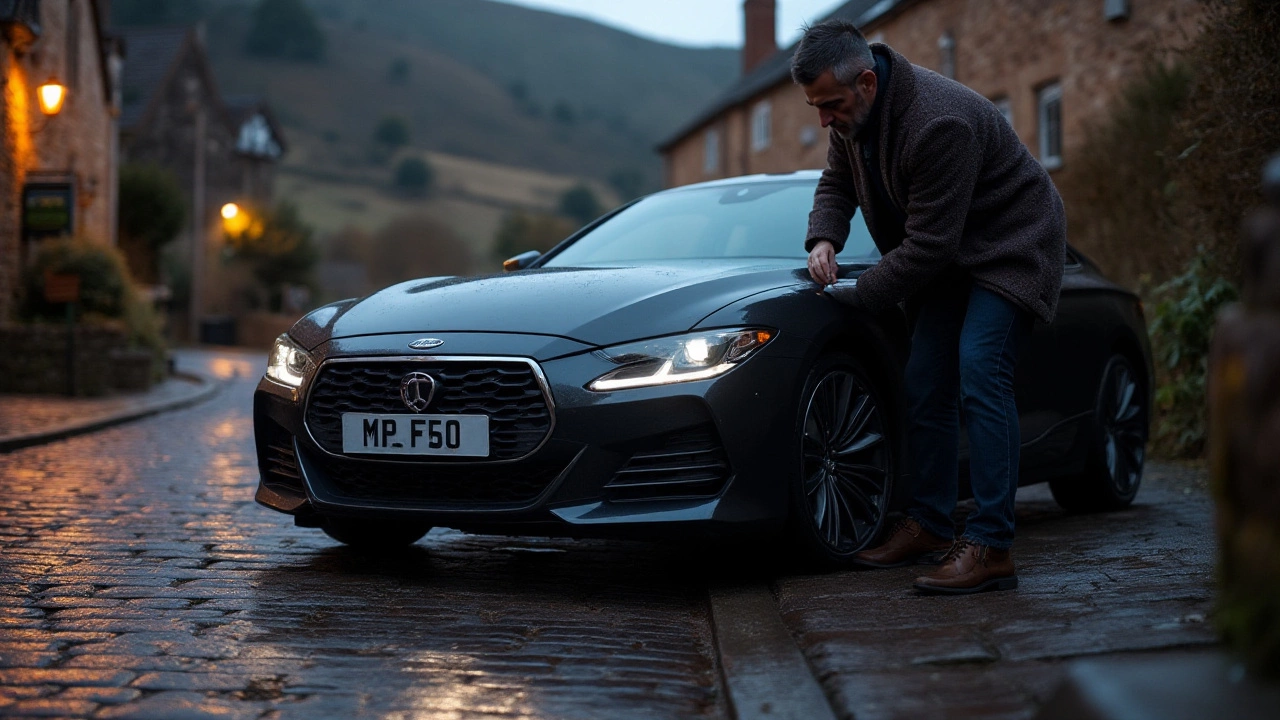Brighter Lights: How to Make Your Car Shine at Night
Ever feel like you’re driving blind when the sun goes down? You’re not alone. Most drivers stick with stock headlights that barely cut through rain, fog, or city glare. Upgrading to brighter lights isn’t just about looking cool – it’s about seeing better, staying safer, and getting compliments on the road.
Why Brighter Lights Matter
When you switch to a higher‑lumens setup, your view extends farther down the road. That extra distance means you spot hazards sooner, react quicker, and avoid costly accidents. It also reduces eye strain on long trips because your eyes don’t have to work overtime to make out details. And let’s be honest – a sleek LED or HID look gives your ride a modern edge that turns heads at the curb.
Legal limits vary by country, but most places allow a certain level of brightness as long as the beam stays within the proper pattern. Staying within the law prevents tickets and keeps other drivers from being blinded. A quick check with your local transport authority will tell you the exact wattage or candela limits for your region.
Easy Upgrades for Brighter Lights
1. Swap to LED bulbs – LED units are the most popular upgrade. They’re brighter, use less power, and last longer than halogen. Look for a bulb with a color temperature around 6000K for a crisp white beam.
2. Install a projector housing – If your car’s housing allows, a projector can focus the light into a tighter, farther‑reaching pattern. It’s a modest investment that makes a big difference.
3. Add a headlight tint film – A clear or lightly smoked film can protect the lens from chips while keeping the light output strong. Avoid heavily tinted films; they cut down brightness.
4. Check and clean the lenses – Even the brightest bulbs lose effectiveness if the lens is cloudy. Use a mild plastic cleaner and a microfiber cloth to restore clarity.
5. Upgrade the wiring – Some older cars have wiring that can’t handle the extra draw of LEDs or HIDs. Upgrading to a thicker gauge wire ensures consistent power and avoids flicker.
When you install new bulbs, always test both high and low beams. Adjust the aim using the adjustment screws on the bracket – a properly aimed light stays low enough not to blind oncoming drivers while still lighting the road far ahead.
If you’re not comfortable doing the swap yourself, most auto shops can fit LEDs in under an hour. Prices vary, but you can expect to spend between £50 and £150 for a full set, depending on brand and type.
Maintenance is simple: keep the lenses clean, check the tightness of the bulb sockets monthly, and replace any dimming bulbs promptly. A quick visual check at night will tell you if a bulb is losing output – if the beam looks yellowish or uneven, it’s time for a new one.
Bottom line: brighter lights give you better vision, add a modern look, and can even raise your car’s resale value. Choose the right upgrade for your budget, follow local regulations, and enjoy safer, clearer drives every night.
LED headlights are a popular choice for drivers due to their energy efficiency and longevity. However, many seek to improve their brightness for optimal nighttime visibility. This article explores practical methods to enhance the intensity of LED headlights, from proper alignment to incorporating higher quality bulbs. It also examines common misconceptions and legal considerations when modifying your vehicle's lighting.

